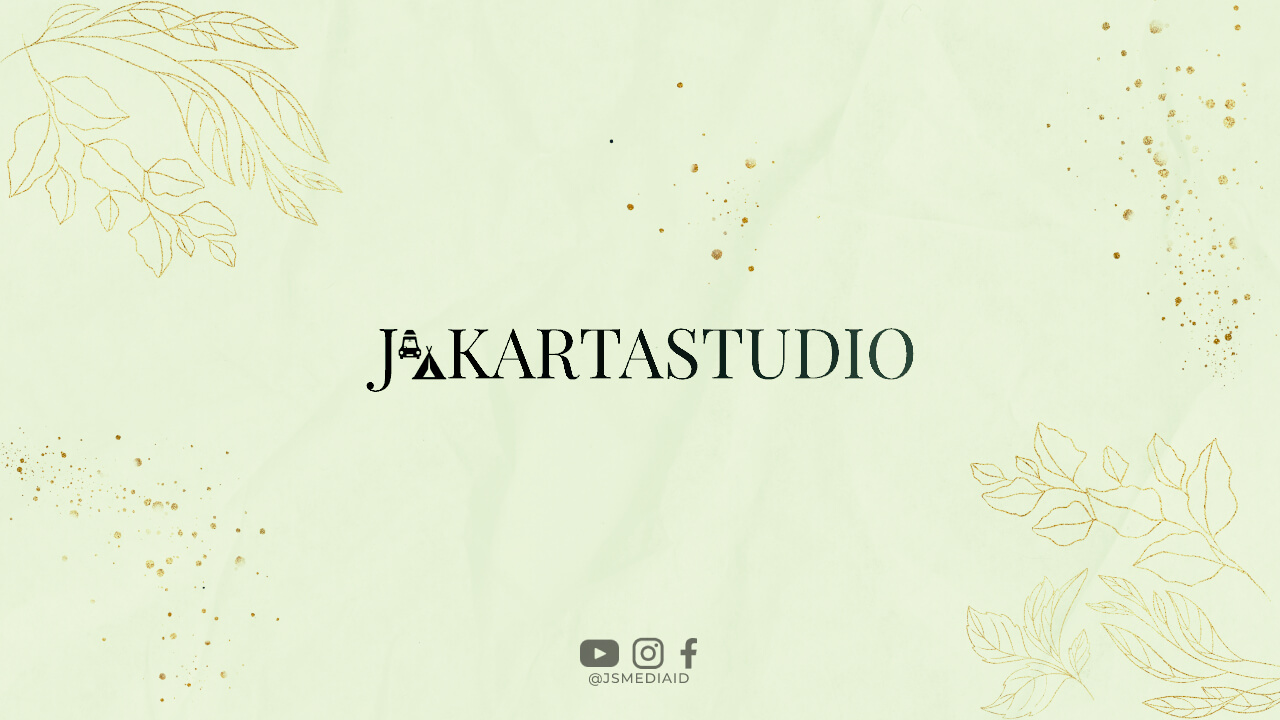As a first-time homebuyer, navigating the complexities of securing a mortgage can feel overwhelming. However, with the right information, you can make the process easier. That’s where the Mortgage Lending Handbook comes in. In this article, we’ll walk you through everything you need to know about securing a mortgage, from the basics to more complex topics.
What is a Mortgage?
A mortgage is a loan that is used to purchase a home. The borrower (you) pledges the property as collateral for the loan, which means that if you fail to make your payments, the lender can foreclose on the property and sell it to recoup their losses. Mortgages typically have a term of 15-30 years and are repaid in monthly installments.
Types of Mortgages
There are several types of mortgages available, and each has its own advantages and disadvantages. Some common types include:
Fixed-Rate Mortgages
A fixed-rate mortgage is a mortgage with an interest rate that stays the same throughout the life of the loan. This means your monthly payment will never change, which can make budgeting easier.
Adjustable-Rate Mortgages
An adjustable-rate mortgage (ARM) has an interest rate that can change over time. Typically, the interest rate is fixed for a certain period (e.g. five years) and then adjusts annually based on market conditions. ARMs can be riskier than fixed-rate mortgages, but they can also offer lower interest rates in the short term.
Government-Backed Mortgages
The government offers several types of mortgages, including FHA loans and VA loans. These loans are backed by the government, which means that lenders are more willing to lend to borrowers who might not qualify for a traditional mortgage. However, they may also come with additional requirements and fees.
Qualifying for a Mortgage
To qualify for a mortgage, you’ll need to meet certain requirements set by the lender. These requirements typically include:
Credit Score
Your credit score is a measure of your creditworthiness. Lenders use your credit score to determine your likelihood of repaying the loan. Generally, a higher credit score will help you qualify for a better interest rate and loan terms.
Income and Employment History
Lenders will want to see that you have a stable source of income and a history of steady employment. This helps them assess your ability to make your monthly payments.
Debt-to-Income Ratio
Your debt-to-income ratio is a measure of your monthly debt payments compared to your monthly income. Lenders use this ratio to determine how much of your income is already committed to debt payments. Generally, a lower debt-to-income ratio will help you qualify for a larger loan.
The Mortgage Application Process
Once you’ve found a lender and have been pre-qualified, it’s time to start the mortgage application process. This typically involves:
Submitting Documentation
Lenders will require documentation to verify your income, employment history, and other financial information. This may include pay stubs, tax returns, and bank statements.
Appraisal
The lender will require an appraisal of the property to determine its value. This helps them ensure that they are not lending more money than the property is worth.
Underwriting
After the appraisal and documentation have been submitted, the lender will begin underwriting the loan. This involves reviewing your application and determining whether you meet their lending criteria.
Choosing the Right Lender
Choosing the right lender is an important part of securing a mortgage. When choosing a lender, you’ll want to consider factors such as:
Interest Rates
The interest rate is the cost of borrowing money. A lower interest rate can save you thousands of dollars over the life of the loan.
Loan Terms
The loan term is the length of time over which the loan will be repaid. A longer loan term will result in lower monthly payments, but may also result in paying more interest over time.
Customer Service
The mortgage process can be complex, so it’s important to choose a lender that offers good customer service. Look for a lender that is responsive to your questions and concerns.
The Bottom Line
Securing a mortgage can be a daunting process, but with the right information and preparation, it doesn’t have to be. By understanding the basics of mortgages, qualifying for a mortgage, and choosing the right lender, you can make the process easier and more manageable. Remember, your mortgage is a long-term commitment, so take the time to do your research and make the best decision for your financial situation.

